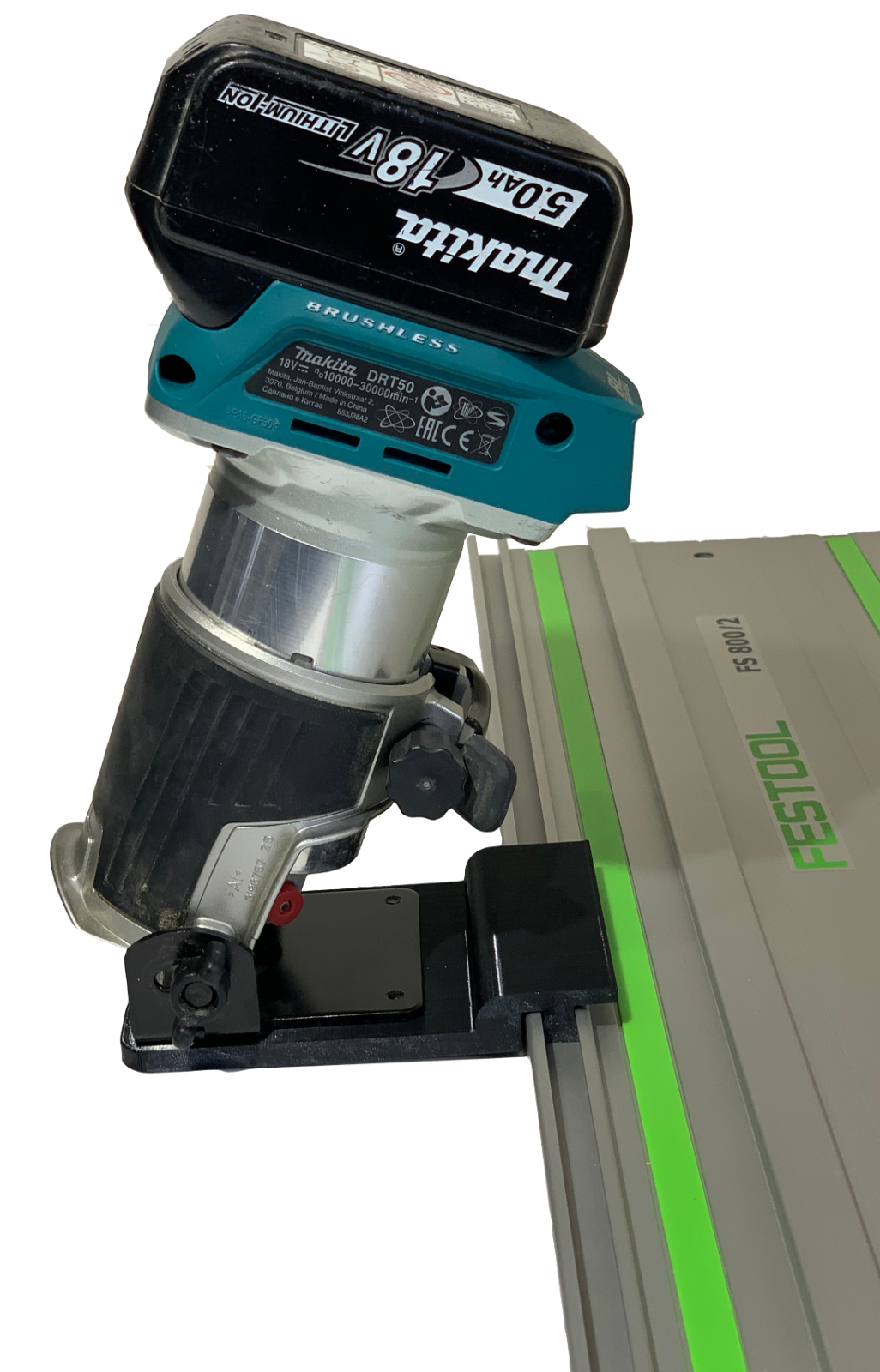Doug71
Established Member
I have a wall panelling job coming up where I need to create a bead and butt look on about 9 sheets of 15mm MDF, the main reason I need to make it is the boards have to be random widths, this is for aesthetic reasons and also to make it easier for me to work in some doors etc.
I made a sample today using a router, it meant making a couple of cuts and sticking in a small bead, I was happy with the results, it's not the quickest method but I like how I could join boards where needed and then hide the joint with the bead.
I have seen Bradshaw joinery using a Festool saw and special block but won't be getting one of those!
I see Wealden tools do a bit to use in a tilting base trim router, has anyone tried this? I don't have a trim router never mind a tilting base for one but guess they can be picked up quite cheaply if it works. I did wonder how much dust this would make?
https://www.wealdentool.com/acatalog/Bead---Butt-MDF.html
Any other methods out there? It's long ways that I need to put the grooves in so 8ft long grooves.
My efforts today.



On a side note I presume everyone with an OF 1400 router also has a trashed dust shroud from un plunging bits that are too big to fit through the hole

I made a sample today using a router, it meant making a couple of cuts and sticking in a small bead, I was happy with the results, it's not the quickest method but I like how I could join boards where needed and then hide the joint with the bead.
I have seen Bradshaw joinery using a Festool saw and special block but won't be getting one of those!
I see Wealden tools do a bit to use in a tilting base trim router, has anyone tried this? I don't have a trim router never mind a tilting base for one but guess they can be picked up quite cheaply if it works. I did wonder how much dust this would make?
https://www.wealdentool.com/acatalog/Bead---Butt-MDF.html
Any other methods out there? It's long ways that I need to put the grooves in so 8ft long grooves.
My efforts today.



On a side note I presume everyone with an OF 1400 router also has a trashed dust shroud from un plunging bits that are too big to fit through the hole



































